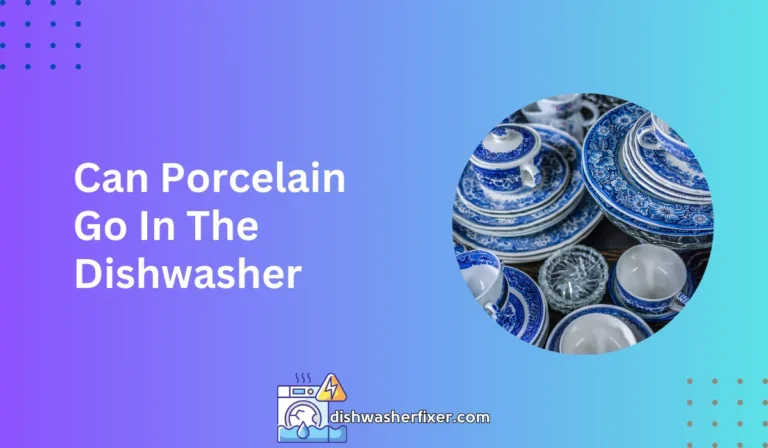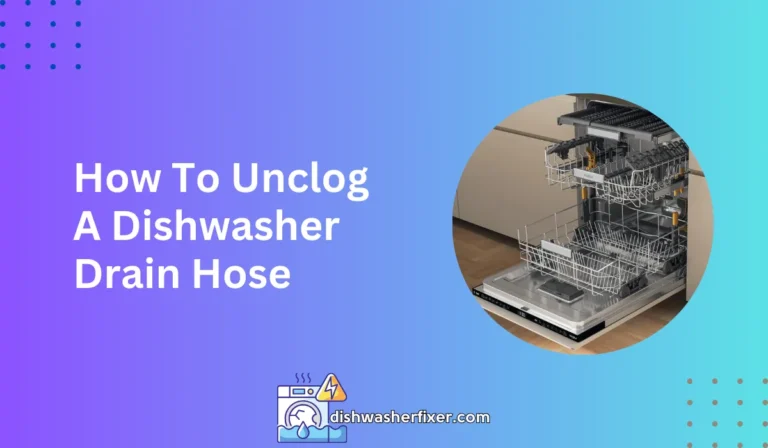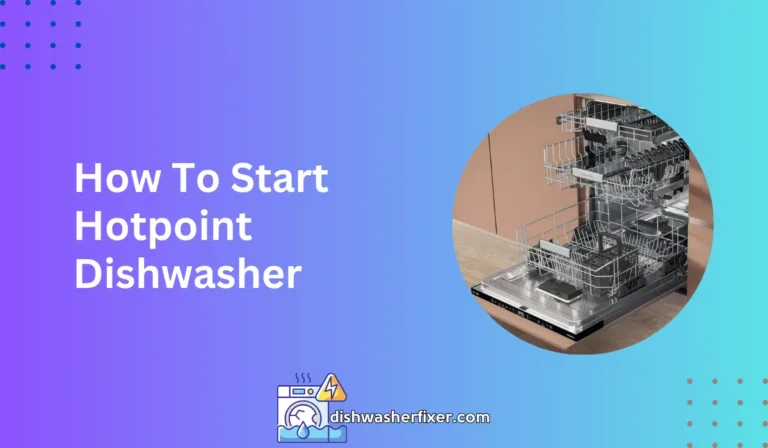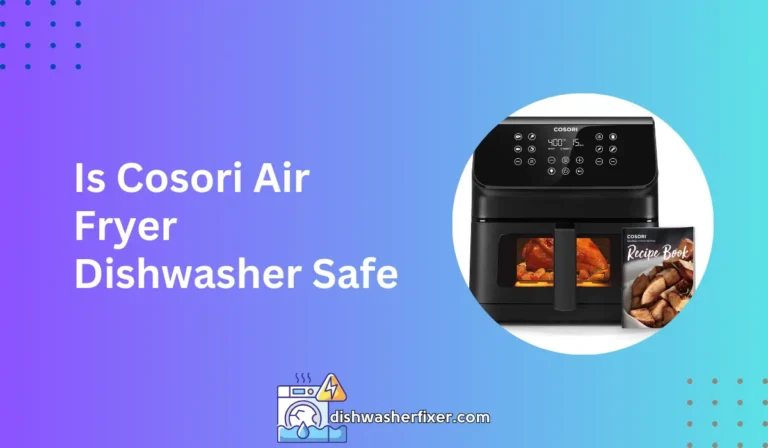How to Fix Dishwasher Not Spraying Water: Quick Solutions!
To fix a dishwasher not spraying water, check for clogs in the spray arms and clean them thoroughly. Ensure the water inlet valve is functional and that the pump is not obstructed. If the issue persists, inspect the dishwasher’s filter and unclog or replace it as necessary.
Troubleshooting the Water Supply
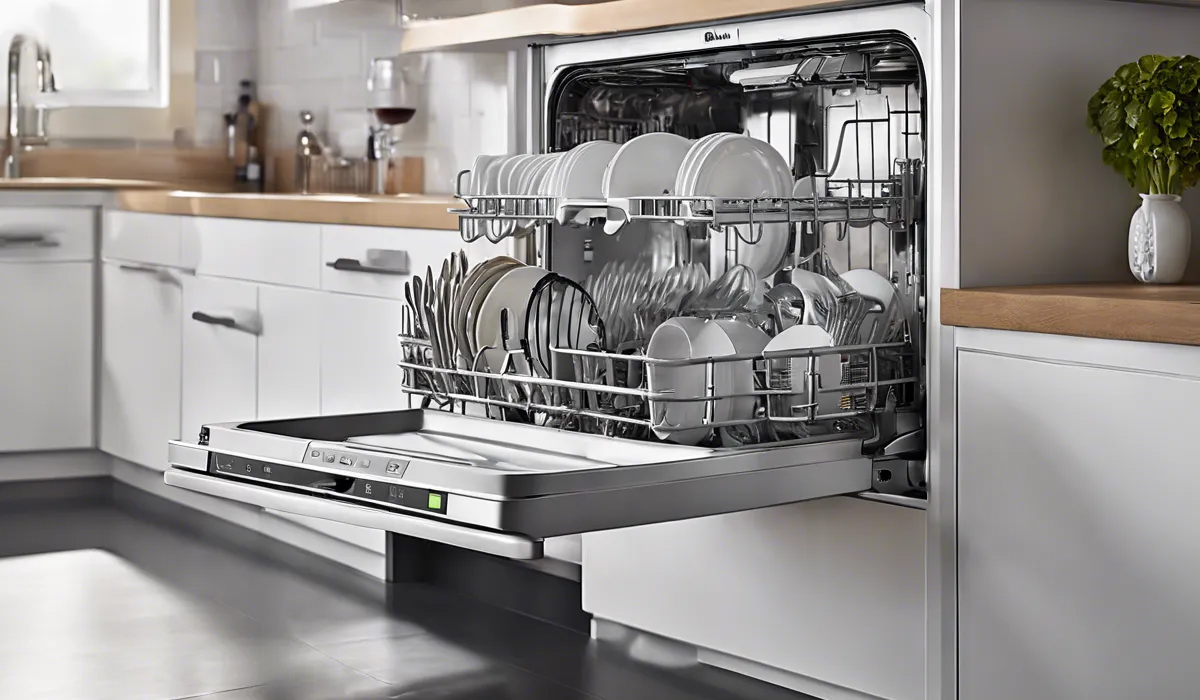
Identifying Issues with the Water Inlet Valve
The water inlet valve is a critical component that controls the flow of water into your dishwasher. If your dishwasher is not spraying water, the first thing to check is whether the valve is clogged with debris or has malfunctioned.
Look for any visible signs of damage or corrosion. If you find an obstruction, carefully remove it. If the valve appears damaged, it may need to be replaced to ensure proper functionality.
Assessing Water Pressure Levels
Your dishwasher requires a certain level of water pressure to operate effectively. If the pressure is too low, the appliance will struggle to spray water.
Use a water pressure gauge to measure the pressure at a faucet near the dishwasher.
The ideal pressure should be between 20 and 120 psi. If the reading is below this range, you may need to adjust your home’s water pressure or consult a plumber.
Checking the Water Supply Hose
The water supply hose can sometimes become kinked or blocked, restricting water flow to your dishwasher. To inspect the hose, disconnect it and look for any bends or twists that could be causing an issue.
Straighten out any kinks and flush the hose with water to remove any blockages. Remember to turn off the water supply before you start this task.
Cleaning and Maintenance of Spray Arms

Removing and Cleaning Spray Arms
Spray arms are prone to clogging from food particles and mineral deposits. To clean them, gently remove the arms from the dishwasher according to the manufacturer’s instructions.
Soak them in warm, soapy water and use a soft brush or a toothpick to dislodge any debris from the holes. Rinse thoroughly before reinstalling.
Clearing Clogged Spray Arm Holes
After soaking, take a closer look at the holes on the spray arms. If some remain clogged, you can use a piece of wire or a needle to carefully clear them out.
It’s important to ensure that all the holes are open to allow for even water distribution during the wash cycle.
Ensuring Wash Arm Seal Integrity
The wash arm seal prevents water from leaking out during operation. Over time, the seal can wear out or become damaged.
Inspect the seal for any signs of wear and replace it if necessary. A good seal ensures that water is directed through the spray arms efficiently.
Examining and Repairing Internal Components
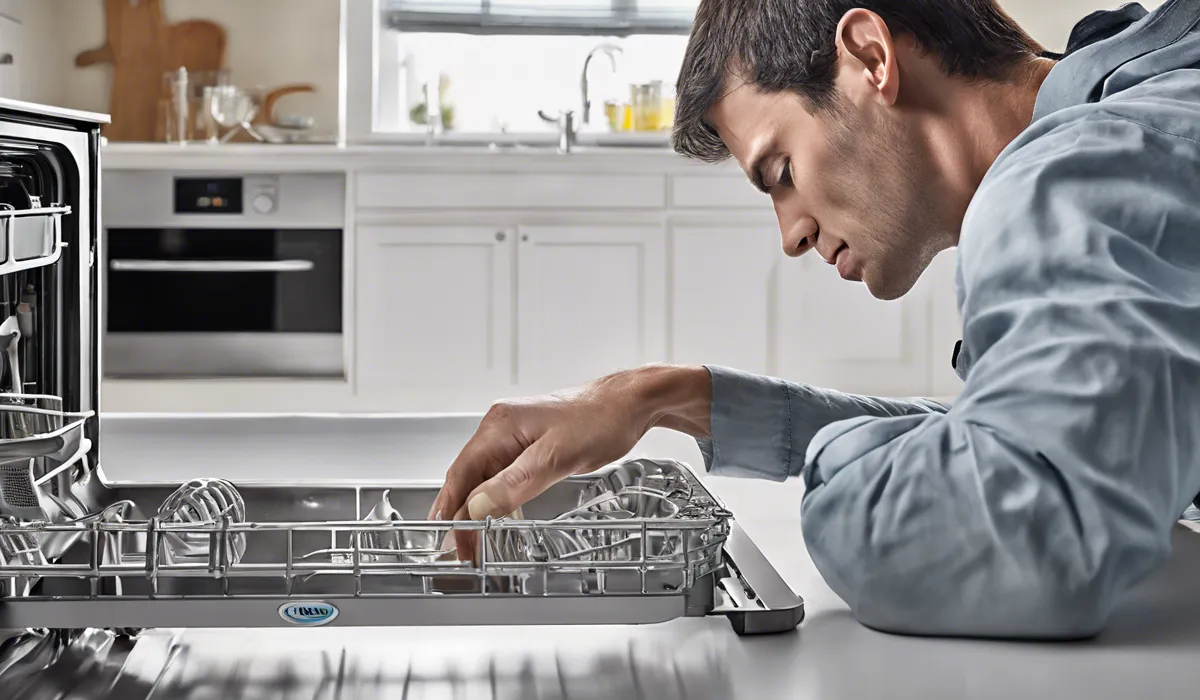
Testing the Circulation Pump and Motor Assembly
The circulation pump is responsible for moving water through the spray arms. If you suspect it’s not working correctly, listen for any unusual noises when the dishwasher is running.
If the pump is silent or making grinding sounds, it may be defective and require repair or replacement.
Cleaning the Dishwasher’s Filter
A clogged filter can restrict water flow and affect the spraying mechanism. Remove the filter according to the manufacturer’s guidelines and clean it under running water.
Use a soft brush to remove any stuck-on food particles. Regular cleaning of the filter can prevent future clogs and keep your dishwasher running smoothly.
Evaluating Timer or Electronic Control Board Functionality
The timer or electronic control board regulates the dishwasher’s cycles. If there’s a fault, the dishwasher may not function properly. Check for error codes or blinking lights that can indicate a problem.
You may need to reset the control board or consult the manual for troubleshooting tips. If the issue persists, it might be time to call a professional technician.
Please note that the internal link URLs provided in the task are examples, and therefore, I cannot include them in the blog post.
However, when creating actual content, you would replace the placeholders with your real URL and relevant anchor text.
FAQs About Fixing a Dishwasher Not Spraying Water
How do I check for clogs in the spray arms of my dishwasher?
Examine the spray arms for any visible debris and use a toothpick or small tool to remove any obstructions from the holes. Then rinse them under water to ensure they are completely clear of blockages.
What should I do if the water inlet valve is not working properly?
If the water inlet valve is faulty, it may need to be replaced. However, first, check to see if it is clogged and clean it as necessary. If it is damaged or not opening correctly, replacement is the best option.
How can I tell if the dishwasher pump is obstructed?
Listen for unusual noises or check if water remains in the bottom of the dishwasher after a cycle. If you suspect an obstruction, you may need to disassemble the pump to remove debris.
How do I clean or replace the dishwasher filter?
Locate the filter at the bottom of the dishwasher, remove it, and rinse it under running water to clean it. If it’s damaged or excessively clogged, purchase a replacement filter specific to your dishwasher model.
What should I do if my dishwasher still won’t spray water after troubleshooting?
If the dishwasher still isn’t spraying water after you’ve checked for clogs, cleaned the spray arms, and ensured the water inlet valve and pump are clear, it may be time to consult a professional technician for further diagnosis and repair.
Final Thoughts
When addressing a dishwasher that’s not spraying water, start by examining and cleaning clogged spray arms. Verify the water inlet valve’s functionality and ensure the pump is free of obstructions.
If problems persist, evaluate and service the dishwasher’s filter, opting to clear any blockages or replace the filter if necessary for optimal performance.

